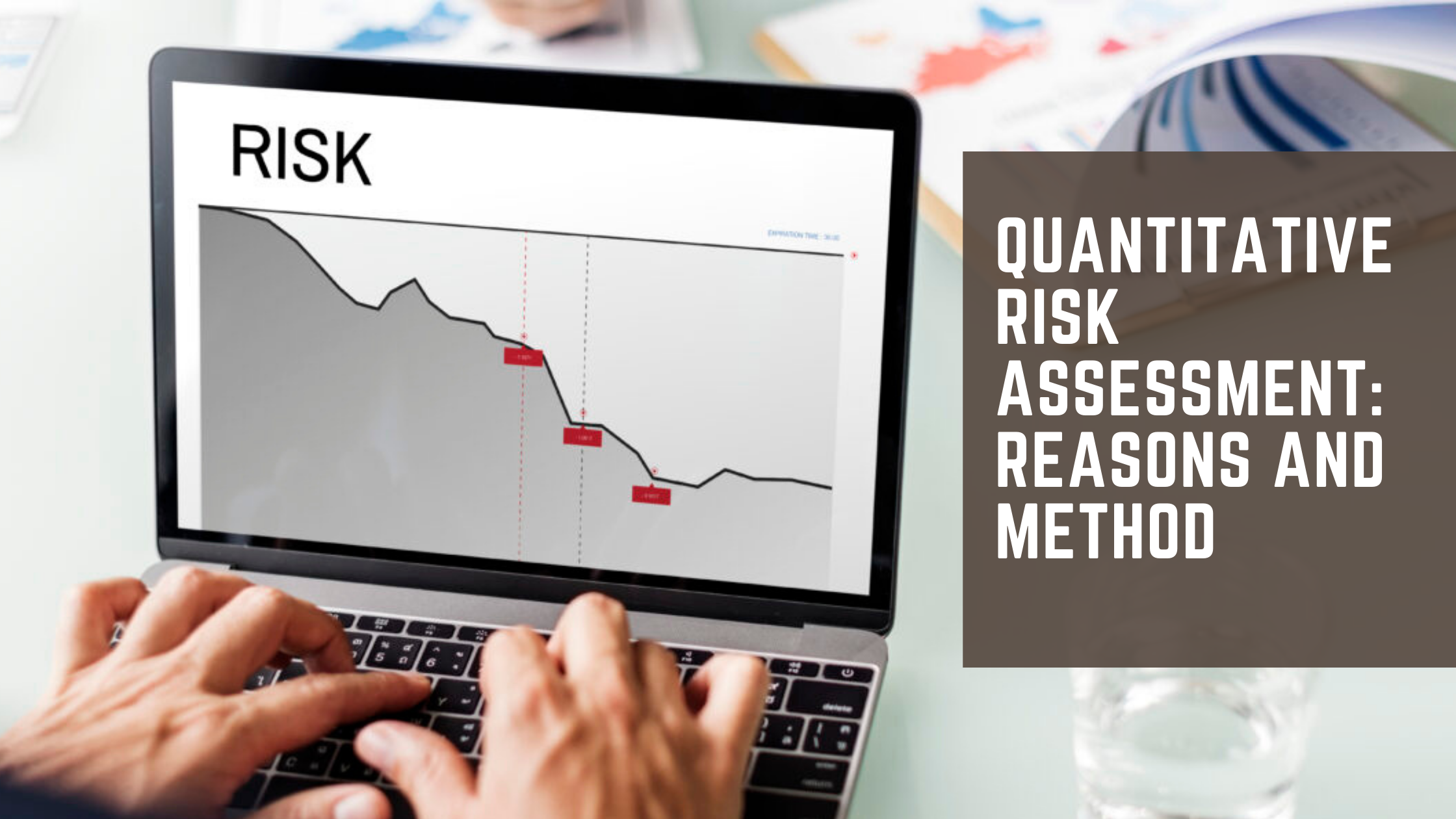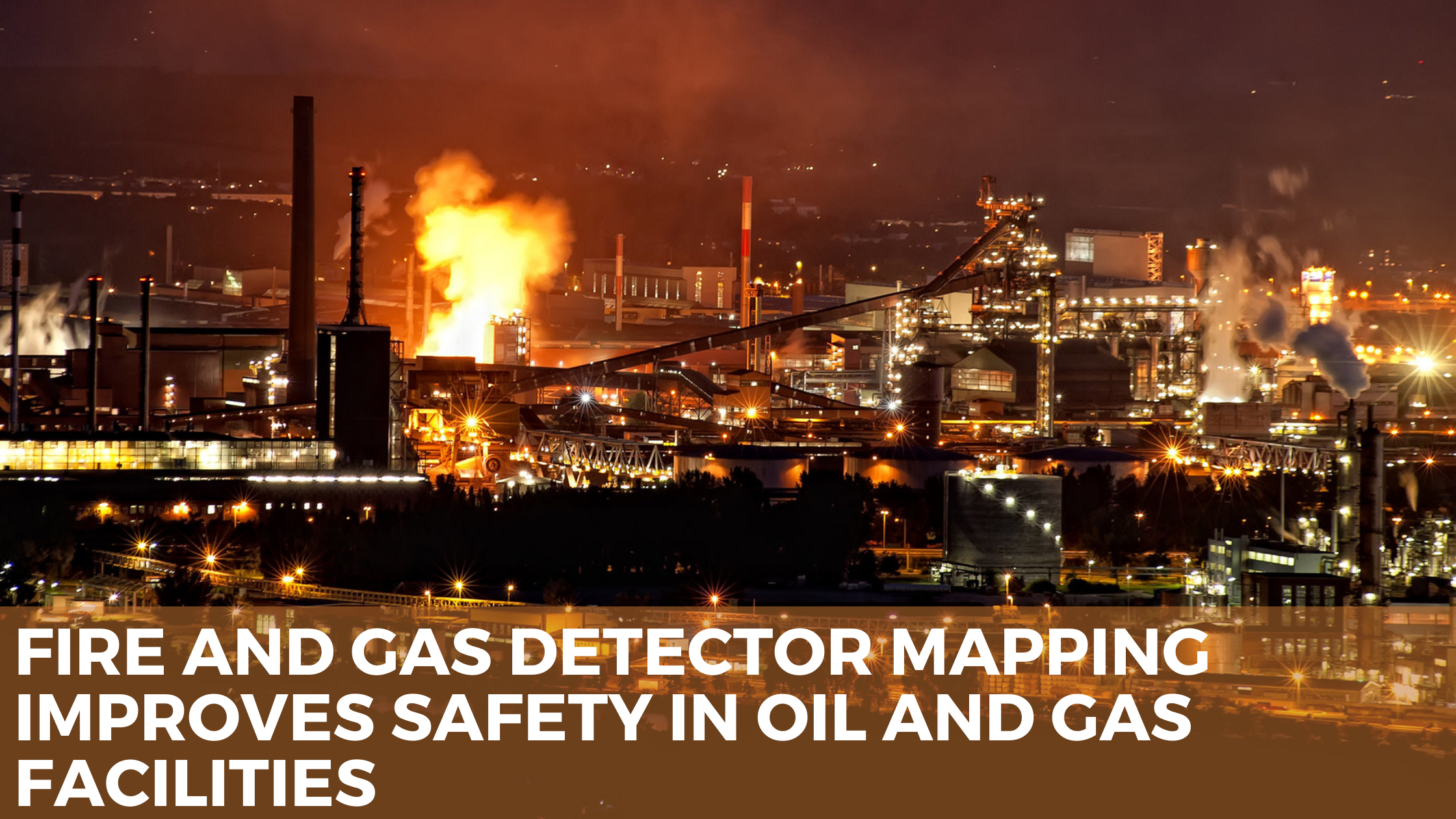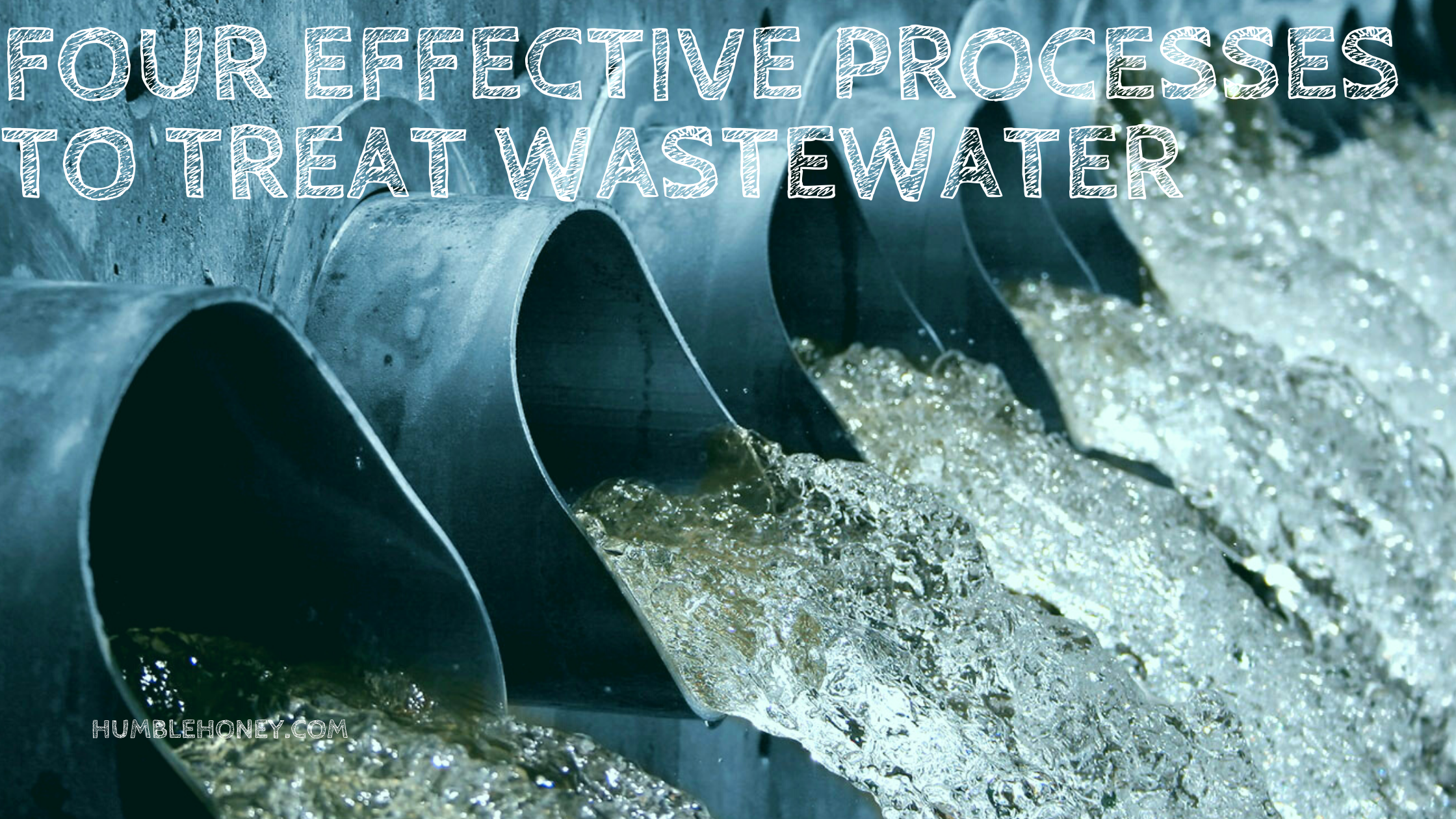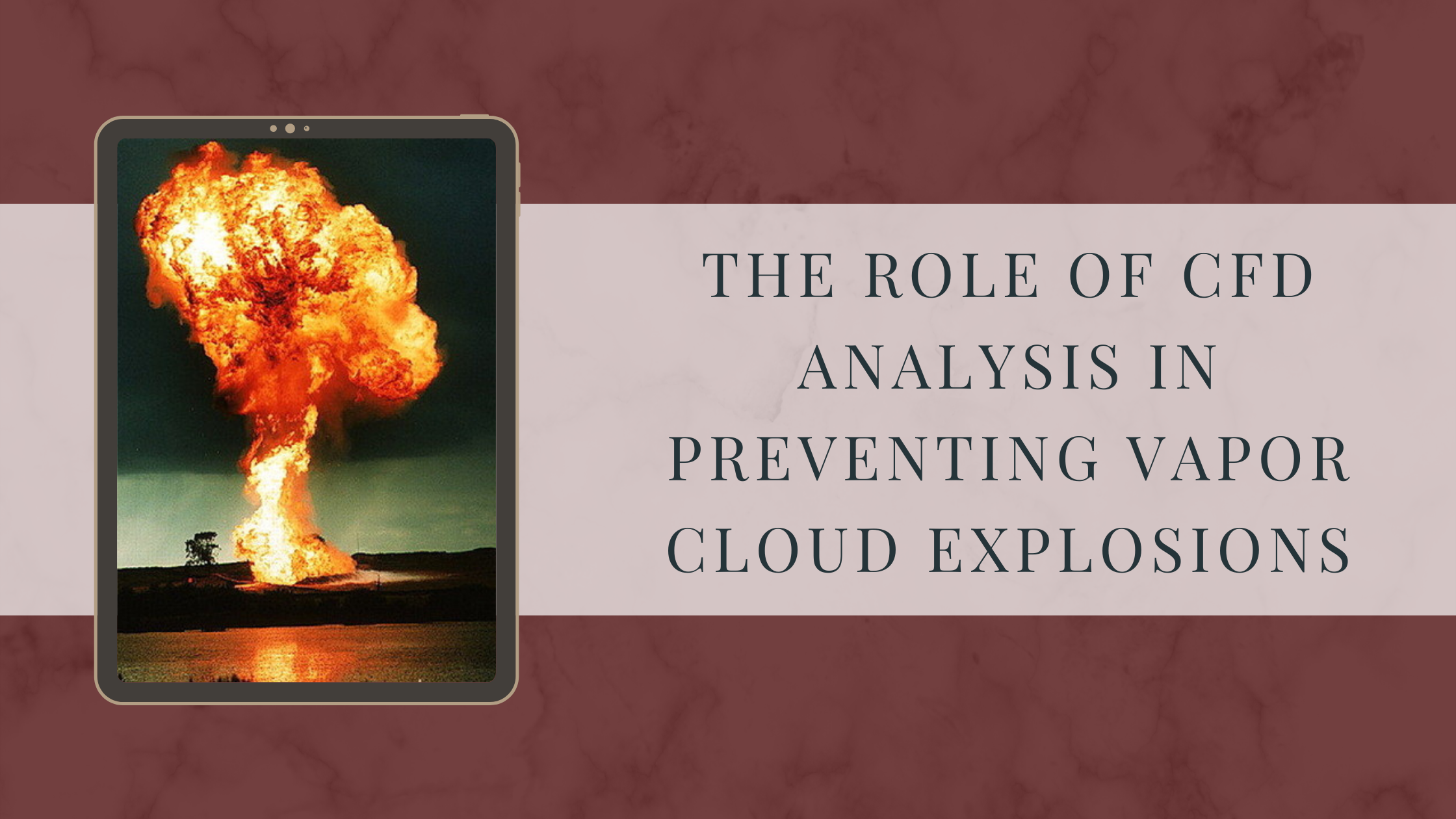Quantitative risk assessment is a numerical calculation of the overall risk effects on a project's goals and includes calculating the probability of project completion. These findings provide insight into what events might happen, and a numerical or quantitative rating is used to reduce risks or set reserves. Moreover, further analysis of these same ideas provides numbers to help establish probabilities and work out plans.
Why Quantitative Risk Assessment Is Conducted:
- Better Measurement of Overall Project Risk:
- Better Decision Making for the Company:
- Coagulation:
- Better Predictions:
In a qualitative risk analysis, conflicting risks are measured. In a quantitative approach to measuring risks, other sources of risk are taken into account.
Quantitative risk analysis can offer more quantifiable evidence and numbers than qualitative analysis. Quantitative analysis is an approximation of the complex nature of decision-making. Cautious project managers should consider other variables when making critical decisions
This step adds polymers in water to chemically neutralize the particulates or contaminants to directly decant or solidify them to form larger compounds that can be easily filtered from the water.
The project manager only measured how long the project would take, with an initial cost of $300,000. However, this rapidly became twelve months and cost $380,000. This is because of risks that weren't estimated when the budget was set.
Quantitative Risk Analysis: Benefits
The important advantage of conducting a quantitative risk analysis is that it provides a more detailed description of risks. Although it can be subjective when establishing a qualitative risk analysis, quantitating risks allows parties and others to look at numerical values and get the same understanding through standard programs.
Quantitative risk analysis helps guide decision-making by clarifying which risks need to be addressed. Quantitative risk analysis enables decisions to be made based on quantitative values obtained from including multiple data sources.
For example, contingency measures such as scenarios or steps taken to address risks constitute general financial planning risks and an important part of taking a risk management approach. One way in which these risks are dealt with is through insurance or financing options, such as a loan or a financial guarantee offered by the company in question.
How is annual loss expectancy calculated?
Here is how to calculate ALE.
- Inventory your assets and determine each asset value (AV).
- Coagulation
- Do the following for each threat:
- Determine the exposure factor (EF) for every asset.
- Calculated the single loss expectancy (SLE) using AV x EF = SLE
- Find out the annual rate of occurrence (ARO).
- Calculate the annualized loss expectancy (ALE) using SLE x ARO = ALE
Asset value
Asset value includes imaginary assets, such as computers, servers, and software, as they are also in the list of things that take up value.
The exposure factor
The exposure factor is an Event Frequency, a level of risk sensitivity that quantifies the risk of an asset. If you forecasted a profit margin to lose 30% from a specific incident, your event frequency for an asset would be 0.6 (paying two-thirds attention as high). Remember to assess all types of risks, such as news about the state of security in a ride-sharing app. An EF also needs to consider the immediate impact the loss may have; in the above example, if the ride-sharing terminal was out-of-order and someone suffered serious injury because they didn't use another service. The estimation would only be 34%.
Single loss expectancy
Single loss expectancy is the amount of money you spend when a specific asset is lost or compromised. For example, you might expect to lose $300 each time your computer breaks down, or you might expect to spend $1,500 every time a laptop goes missing. To calculate the single loss expectancy figure, multiply the base value times the probability of failure.
The annual rate of occurrence
The annual rate of occurrence is the number of times you expect a specific incident in one year. For example, if you expect your server to crash five times per year, the ARO would be 5. If the likelihood of an incident is less than 1, it's expressed as a percentage. For example, if the likelihood of an incident is once every four years, the ARO for that incident would be 0.25 (25%).
This is just one of the several risk factors that are needed to be quantified and defined in terms of real-life events.
At Techniche Engineering, our team works meticulously on every risk aspect of an organization to offer comprehensive safety and efficiency solutions. So if you want to have a quantitative risk assessment done for your facility from trained and trusted experts? Contact us right away!













.png)
